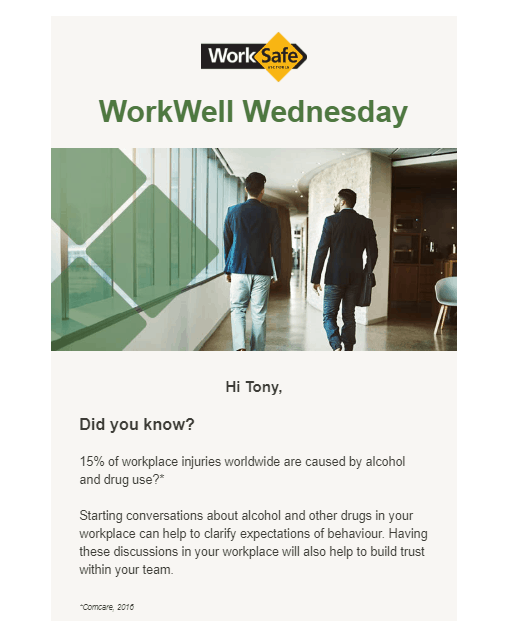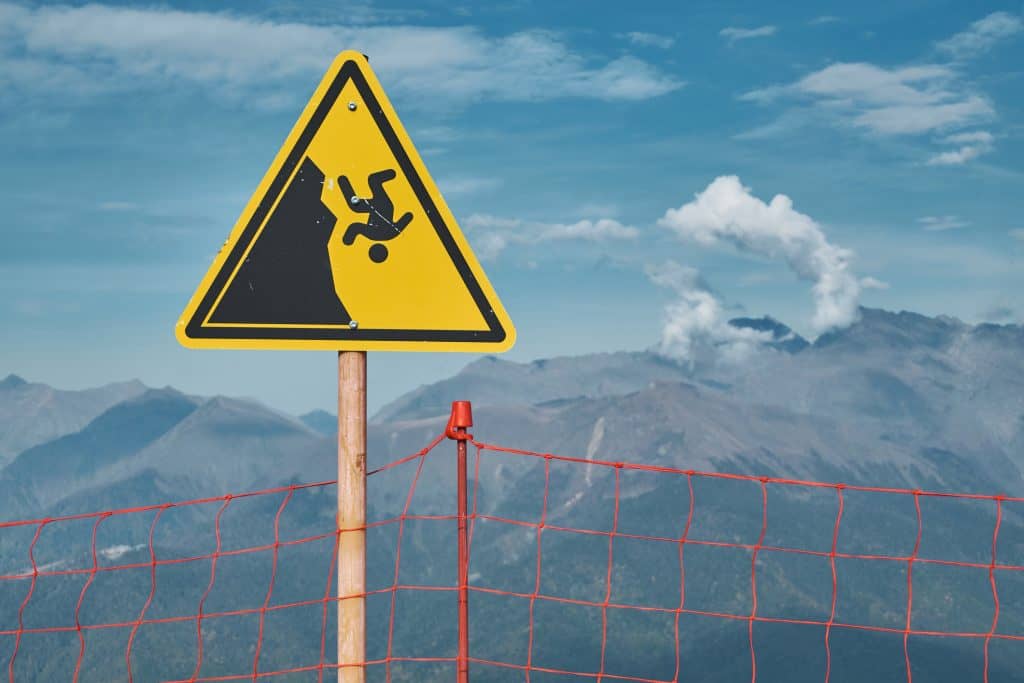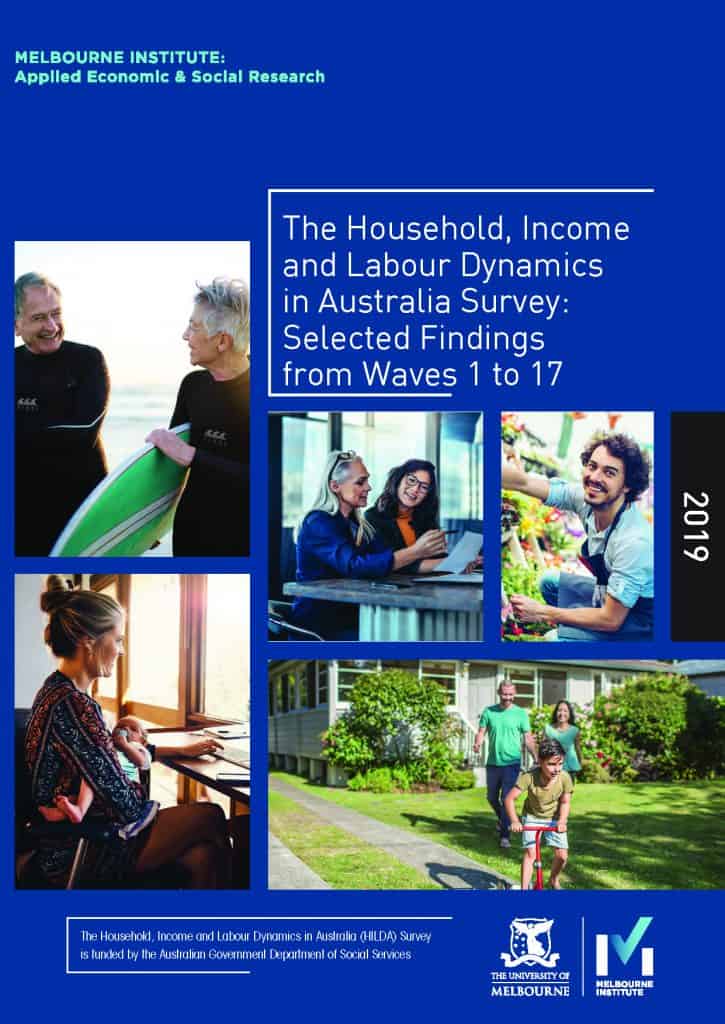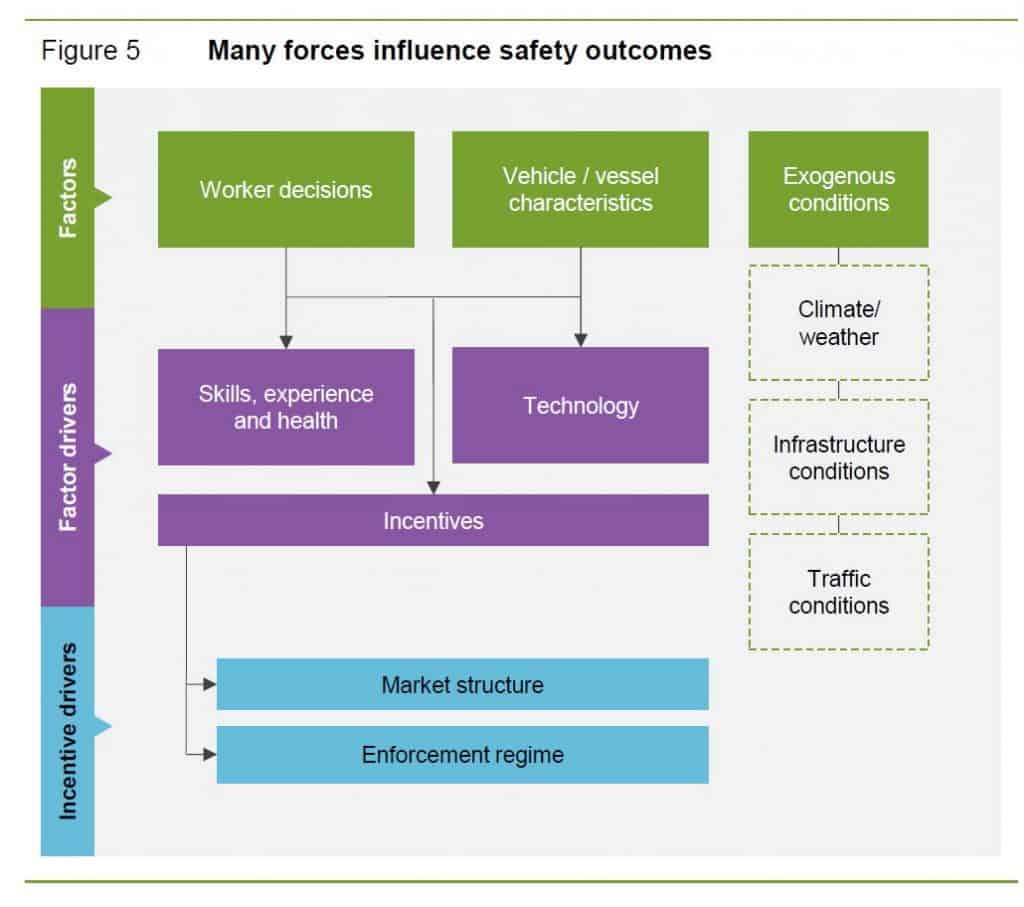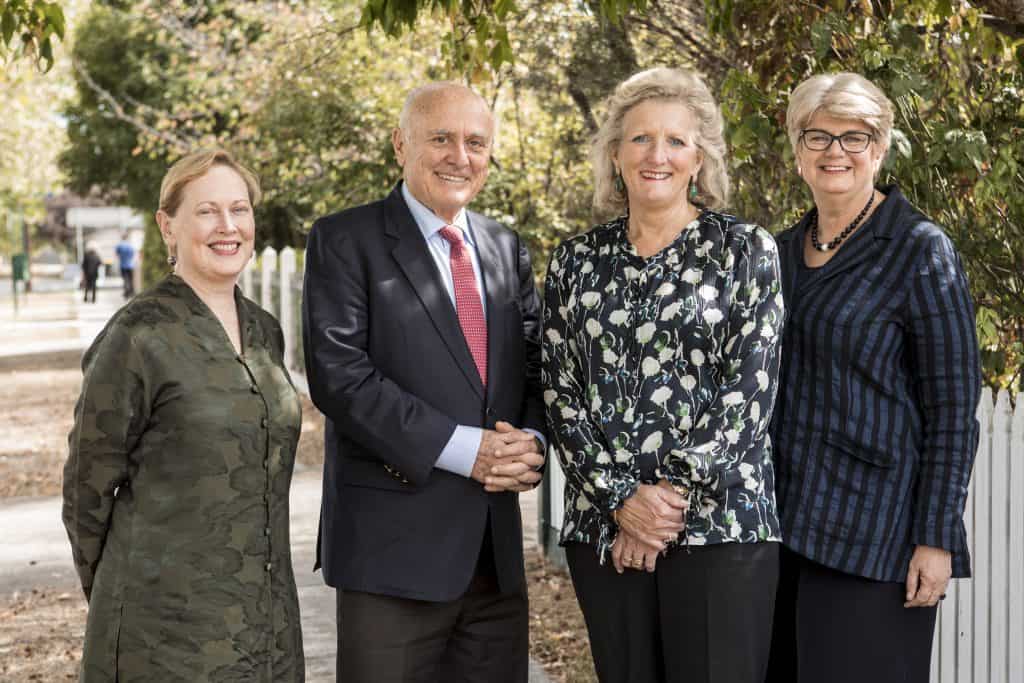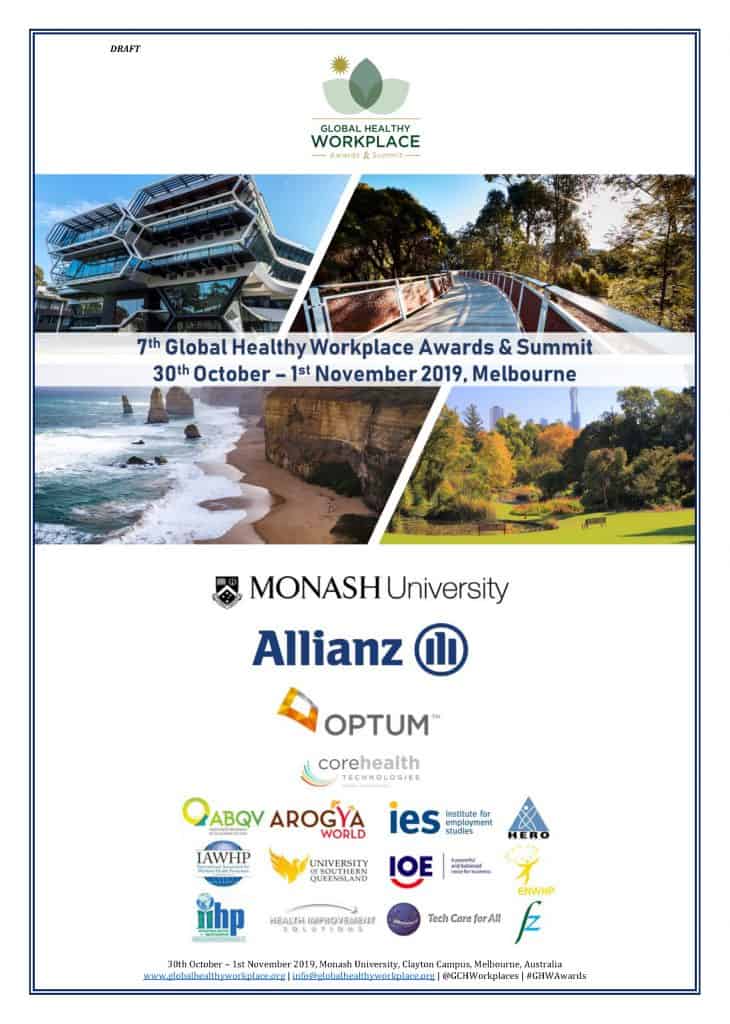
The wave of workplace wellness cannot be avoided but wellness is only part of achieving safe and healthy workplaces. At the end of October 2019 Melbourne is hosting the 7th Global Healthy Workplace Awards and Summit at Monash University.
Occupational health and safety (OHS) often accuses workplace wellness advocates of providing symptomatic relief instead of addressing issues that cause the un-wellness in the workplace. However the October summit seems to offer deeper analysis on both these perspectives and in the broader context of healthy workplaces.
Continue reading “International healthy workplace conference”

